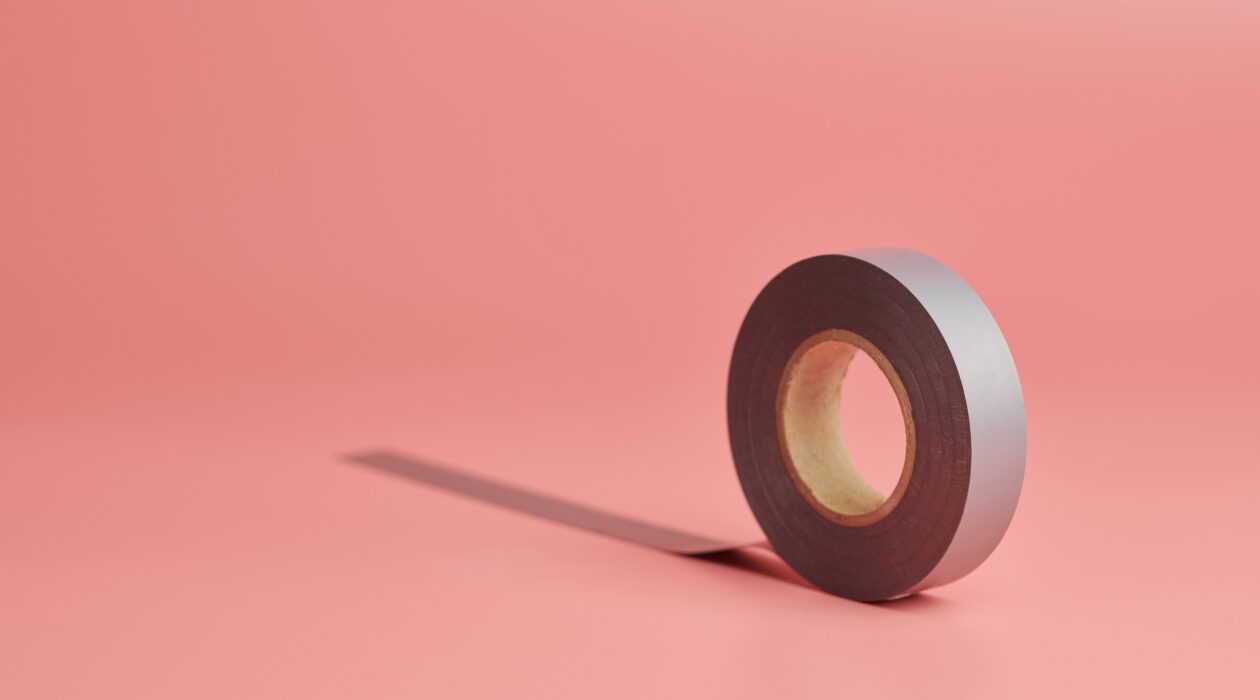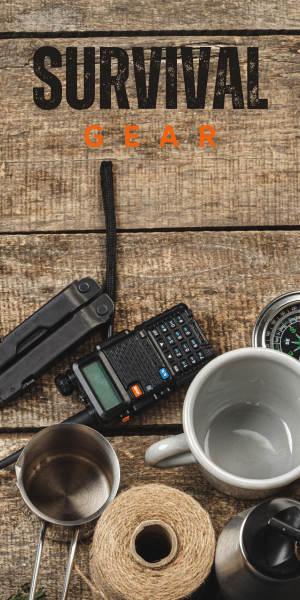Duct tape, a staple in toolboxes worldwide, is renowned for its versatility, strength, and reliability. Originally designed during World War II for military use, it has evolved into an indispensable utility in various fields, from simple household fixes to complex industrial applications.
Characterized by its sticky, durable, and water-resistant properties, duct tape consists of a cloth-backed adhesive that’s strong yet easy to tear by hand, making it user-friendly for quick repairs and temporary fixes.
This resilient tape is celebrated for its ability to hold together even under challenging conditions, including moisture, temperature variations, and physical stress. Its adaptability extends beyond mere repairs; duct tape is used in crafting, securing, reinforcing, and even in emergency situations as a temporary solution.
The evolution of duct tape has seen it diversify into a range of types and colors, catering to specific needs such as waterproof sealing, electrical insulation, and even aesthetic decoration. The story of duct tape is one of innovation and practicality, embodying the ethos of a quick fix and the ability to hold the world together in the most literal sense.
Types of Duct Tape
Duct tape, known for its versatility and strength, comes in various types, each designed for specific applications:
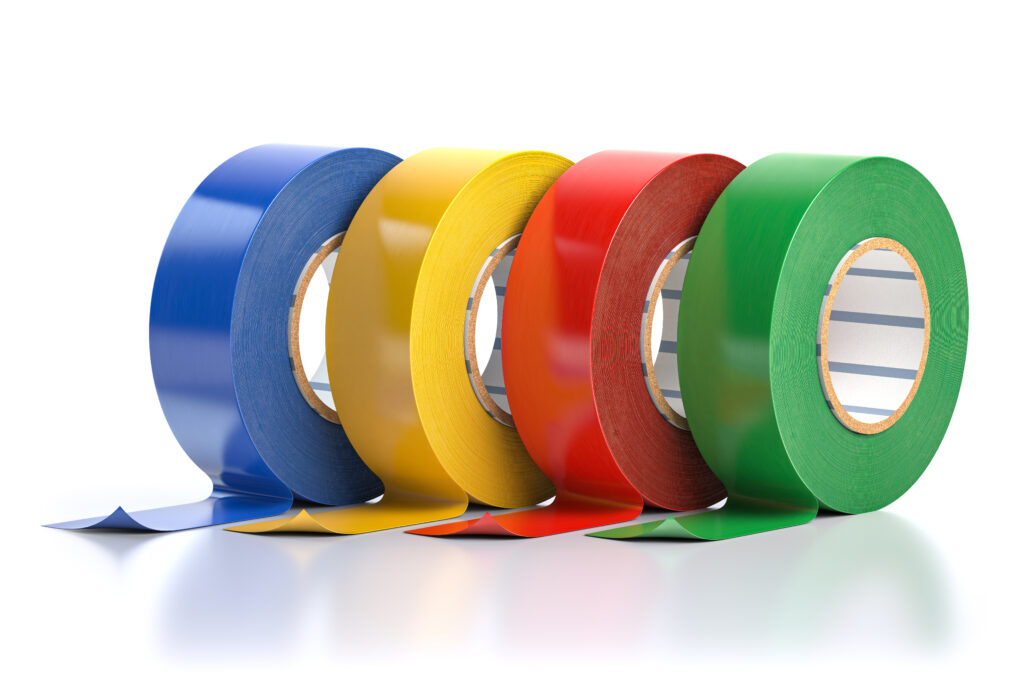
General Purpose: This is the most commonly used type of duct tape for everyday tasks. It’s suitable for odd jobs around the house where a long service life isn’t a priority. General-purpose duct tape typically features a lower fabric count and a thinner polyethylene film, making it less durable than other types but sufficient for temporary fixes.
Industrial Grade: A step up in durability, industrial-grade duct tape is designed for tougher tasks. It features an upgraded fabric and thicker polyethylene layer, offering more strength and resilience. This type is often used in professional settings like exhibitions, where reliable adhesion and durability are needed.
Professional Grade: Also known as “contractors’ grade,” this type of duct tape offers enhanced strength, adhesion, and durability. It’s designed to withstand more demanding conditions and is ideal for heavy-duty applications in construction and industrial environments.
Gaffer’s Tape: A specialized type, Gaffer’s tape is matte black, easy to tear by hand, and cleanly removable. It’s primarily used in studios and theaters to temporarily tape cables to the floor or other surfaces without leaving a sticky residue.
Stucco Tape: Specifically designed for outdoor use, stucco tape is UV-resistant and often used in construction. It’s ideal for attaching protective film or masking surfaces during stucco application and other outdoor construction projects.
True Duct Tape: True duct tape is intended for its namesake purpose – sealing air ducts. It’s a permanent solution and, in some cases, needs to be flame retardant to comply with building codes. This type is highly durable and designed for long-term application.
“If it can’t be fixed with duct tape,
Just for fun, not Serious.
Then you are not using enough Duct Tape”
Features to Consider When Buying Duct Tape
When purchasing duct tape, several features should be considered:
Color: Duct tape comes in a variety of colors and patterns. While heavy-duty options might have more limited color choices, general-purpose tapes offer a wide range of aesthetic options.
Layers: Duct tape typically consists of three layers. The top layer offers weather resistance, the middle layer (fabric or scrim) provides strength, and the adhesive layer ensures strong bonding. Each layer plays a crucial role in the tape’s overall performance.
Tearing: Quality duct tape should be easy to tear off the roll by hand, allowing for quick and efficient use. This feature is particularly important in fast-paced environments or when tools aren’t readily available.
Thickness: The thickness of duct tape is measured in mils (thousandths of an inch). Options range from thin tapes for light-duty tasks to medium-duty and heavy-duty tapes for more demanding applications. The thickness often correlates with the tape’s strength and durability.
Our 6 best duct tape :
3M Extreme Hold Duct Tape:
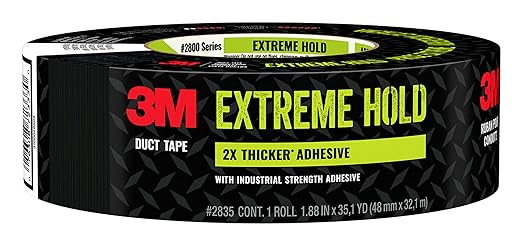
This is a high-strength duct tape designed for demanding applications where a strong bond is essential. It’s ideal for both indoor and outdoor use, providing reliable performance in various conditions.
3M Transparent All Weather Duct Tape:
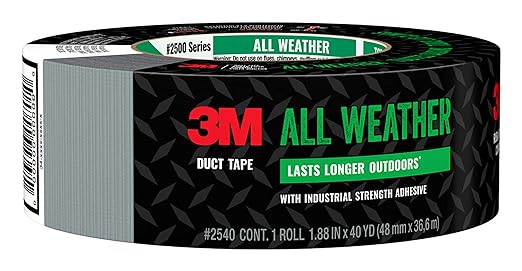
This duct tape offers the classic strength and durability of traditional duct tape but with a clear, transparent design. It’s useful for repairs where you don’t want the tape to be noticeable.
3M Pro Strength Duct Tape:
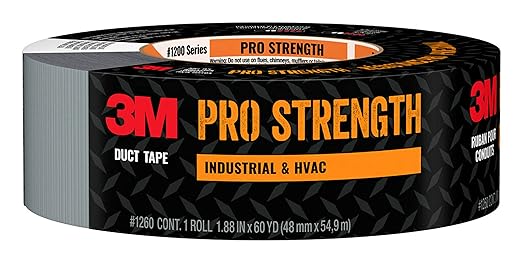
A heavy-duty tape that’s designed for professional-grade applications. It’s typically stronger and more durable than general-purpose tapes, making it suitable for more demanding tasks.
3M Clear Repair Tape:
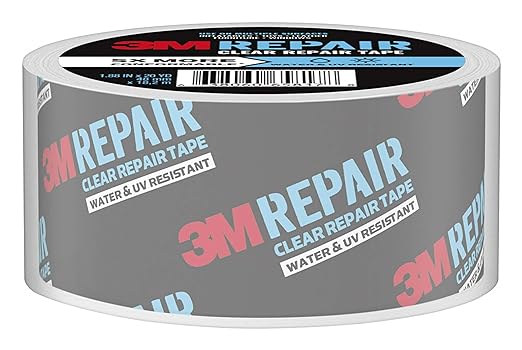
This tape combines the strength of duct tape with a clear appearance, making it perfect for discreet repairs. It’s versatile for both indoor and outdoor use, providing a strong hold while being barely noticeable.
Gorilla Tough & Wide Duct Tape:
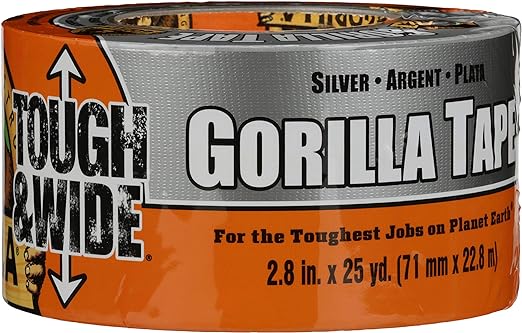
Known for its strength and durability, this tape is wider than standard duct tapes, providing more coverage. It’s suitable for tough jobs where a strong, reliable hold is necessary.
Gorilla Waterproof Patch & Seal Tape:
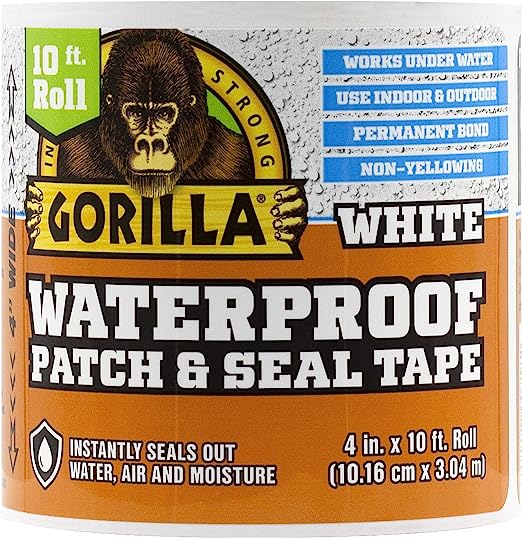
This tape is specifically designed to patch and seal leaks and cracks. It’s waterproof, making it ideal for fixing leaks in hoses, pipes, and more. The tape creates a strong seal to keep water out.
Comparaison Table :
| ature/ Product | 3M Extreme Hold Duct Tape | 3M All Weather Duct Tape | 3M Pro Strength Duct Tape | 3M Clear Repair Tape | Gorilla Tough & Wide Duct Tape | Gorilla Waterproof Patch & Seal Tape |
|---|---|---|---|---|---|---|
| Strength and Durability | High | Moderate | High | Moderate | Very High | High |
| Visibility | Standard (Visible) | Transparent | Standard (Visible) | Transparent | Standard (Visible) | Standard (Visible) |
| Width | Standard | Standard | Standard | Standard | Wide | Standard |
| Suitability for Outdoor Use | Yes | Yes | Yes | Yes | Yes | Yes |
| Water Resistance | Moderate | Very High | High | Moderate | High | Very High |
| Ideal Use | Demanding applications | Discreet repairs | Heavy-duty applications | Discreet repairs | Tough jobs, large coverage | Sealing leaks, waterproofing |
| Ease of Tearing | Moderate | Easy | Moderate | Easy | Moderate | Moderate |
| Adhesive Quality | Strong | Strong | Very Strong | Strong | Extremely Strong | Extremely Strong |
| Special Features | Extreme hold | Clear appearance | Pro strength | Clear appearance | Tough and wide | Waterproof, patch and seal |
| Link | Link 1 | Link 2 | Link 3 | Link 4 | Link 5 | Link 6 |
For more specific and detailed comparisons, it’s advisable to refer to links of the individual product specifications and user reviews.
FAQ :
Is it called duck tape or duct tape?
The correct term is “duct tape,” named for its original use in sealing air ducts. However, “Duck Tape” is a popular brand name that has become synonymous with duct tape. The brand’s name was inspired by the tape’s water-resistant properties, similar to a duck’s ability to repel water, but the generic product is known as duct tape.
What do you use duct tape for?
Duct tape is used for a variety of purposes, including quick repairs, sealing air ducts, crafting, and DIY projects. Its strong adhesive and durability make it ideal for fixing broken items, bundling materials, patching holes, and even creative uses like fashioning wallets or clothing. It’s a versatile tool in both household and industrial settings.
Does heat make duct tape stick better?
Heat can improve the adhesive quality of duct tape by making it more pliable and allowing it to better conform to surfaces. However, extreme heat can also weaken the adhesive, reducing its stickiness. For optimal adhesion, duct tape should be applied at room temperature and pressed firmly against the surface for a strong, lasting bond.
Does duct tape stick to plastic?
Duct tape generally sticks to plastic, but its effectiveness depends on the type of plastic and the tape’s adhesive quality. Smooth, non-porous plastics provide a better surface for duct tape to adhere to. However, some plastic surfaces, especially those that are textured or have a low energy surface, may not hold duct tape as effectively.
In the end :
duct tape stands as a remarkable example of simple yet effective design in everyday materials. Its journey from a wartime quick fix to a ubiquitous household item underscores its versatility and reliability. The array of types available today – from heavy-duty, waterproof variants to colorful, decorative options – demonstrates its adaptability to diverse needs and environments.
Whether it’s used for temporary repairs, industrial applications, or creative projects, duct tape continues to be a go-to solution for its ease of use and strong adhesive qualities. Its enduring popularity is a testament to its functionality, proving that sometimes the simplest solutions are the most enduring. Duct tape, in all its forms, remains an essential, multi-purpose tool that is as practical as it is iconic in our daily lives.

